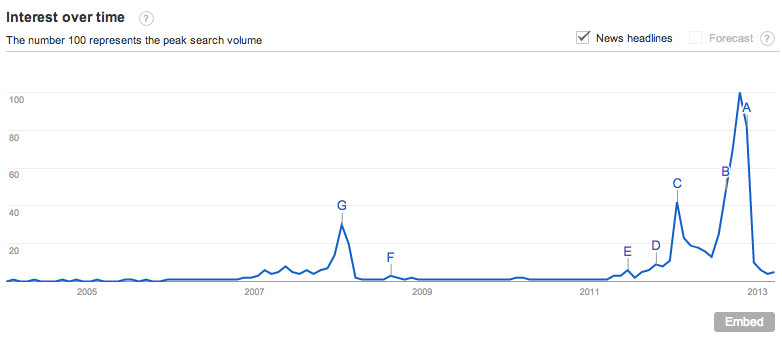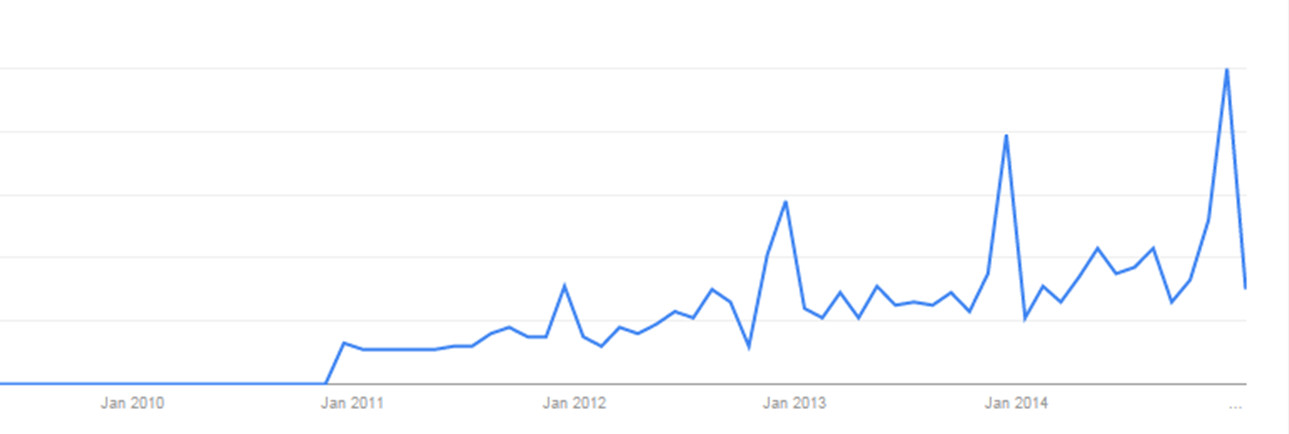Last updated on May 5, 2020

From its high point, the sheep can see far.
Introduction
In Finland, and maybe elsewhere in the world as well, media agencies used to reside inside advertising agencies, back in the 1970-80s. Then they were separated from one another in the 1990s, so that advertising agencies do creative planning and media companies buy ad space in the media. Along with this process, heavy international integration took place and currently both the media and advertising agency markets are dominated by a handful of global players, such as Ogilvy, Dentsu, Havas, WPP, etc.
This article discusses that change and argues for re-convergence of media and advertising agencies. I call this the new paradigm (paradigm = a dominant mindset and way of doing things).
The old paradigm
The current advertising paradigm consists of two features:
1) Advertising = creative + media
2) Creative planning –> media buying –> campaigning
In this paradigm, advertising is seen as rigid, inflexible, and one-off game where you create one advertising concept and run it, regardless of customer response. You are making a one sizable bet, and that’s it. To reduce the risk of failure, creative agencies use tons of time to “make sure they get it right”. Sometimes they use advertising pre-testing, but the process is predominantly driven by intuition, or black-box creativity.
Overall, that is an old-fashioned paradigm, for which reason I believe we need a new paradigm.
Towards the new paradigm
The new advertising paradigm looks like this:
1) Advertising = creative + media + optimization
2) Creative planning –> media trials –> creative planning –> …
In that, advertising in seen as fluid, flexible, and consecutive game where you have many trials to succeed. The creative process feeds from consumer response, and in turn media buying is adjusted based on the results of each unique creative concept.
So what is the difference?
In the old paradigm, we would spend three months planning and create one “killer concept” which according to our intuition/experience is what people want to see. In the new paradigm, we spend five minutes to create a dozen concepts and let customers (data) tell us what people want to see. Essentially, we relinquish the idea that it is possible to produce a “perfect ad”, in particular without customer feedback, and instead rely on a method that gets us closer to perfection, albeit never reaching it.
The new paradigm is manifested in a continuous, iterative cycle. Campaigns never end, but are infinite — as we learn more about customers, budget spend may increase in function of time, but essentially optimization is never done. The campaign has no end, unlike in the old paradigm where people would stop marketing a product even if the demand for that product would not disappear.
You might notice that the paradigm may not be compatible of old-fashioned “shark fin” marketing, but views marketing as continuous optimization. In fact, the concept of campaign is replaced by the concept of optimization.
Let me elaborate this thought. Look at the picture (source: Jesper Åström) – it illustrates the problem of campaign-based (shark-fin) marketing. You put in money, but as soon you stop investing, your popularity drops.

Now consider an alternative, where you constantly invest in marketing and not in heavy spikes (campaigns) but gradually by altering your message and targeting (optimization). You get results more like this:

Although seasonality, which is a natural consequence of the business cycle, does not fade away, the baseline results increase in time.
Instead of being fixed, budget allocations live according to the seasonal business cycles — perhaps anticipating the demand fluctuations. The timing should also consider the carryover effect.
Conclusion
I suspect media agencies and advertising will converge once again, or at least the media-buying and creative planning functions will reside in the same organization. This is already the way many young digital marketing agencies are operating since their birth. Designers and optimizers (ad buyers) work side-by-side, the former giving instructions to the latter on what type of design concepts work, not based on intuition as old-paradigm Art Directors (AD) would do, but based on real-time customer response.
Most importantly, tearing down silos will benefit the clients. Doing creative work and optimization in tandem is a natural way of working — the creative concept should no longer be detached from reality, and we should not think of advertising work as a factory line where ads move from one production line to another, but instead as some sort of co-creation through which we are able to mitigate advertising waste and produce better results for advertising clients.